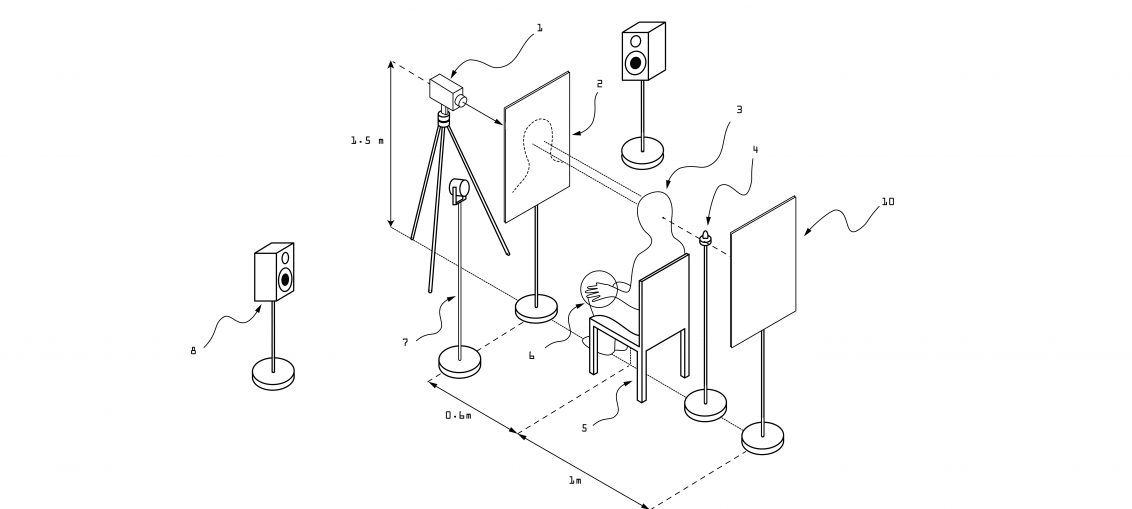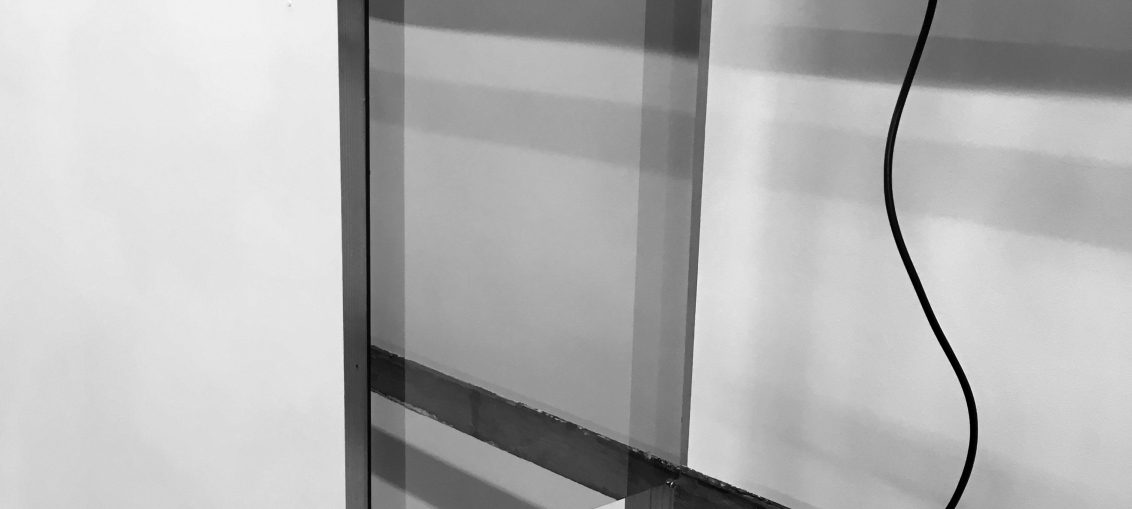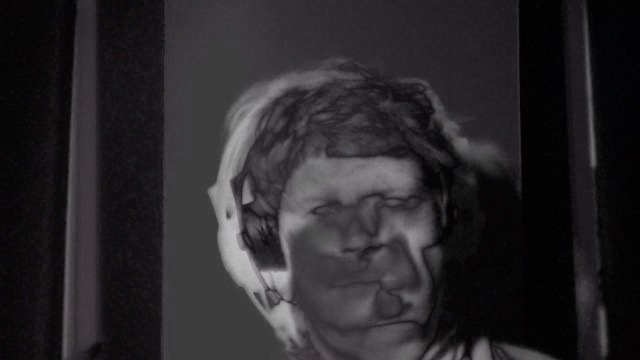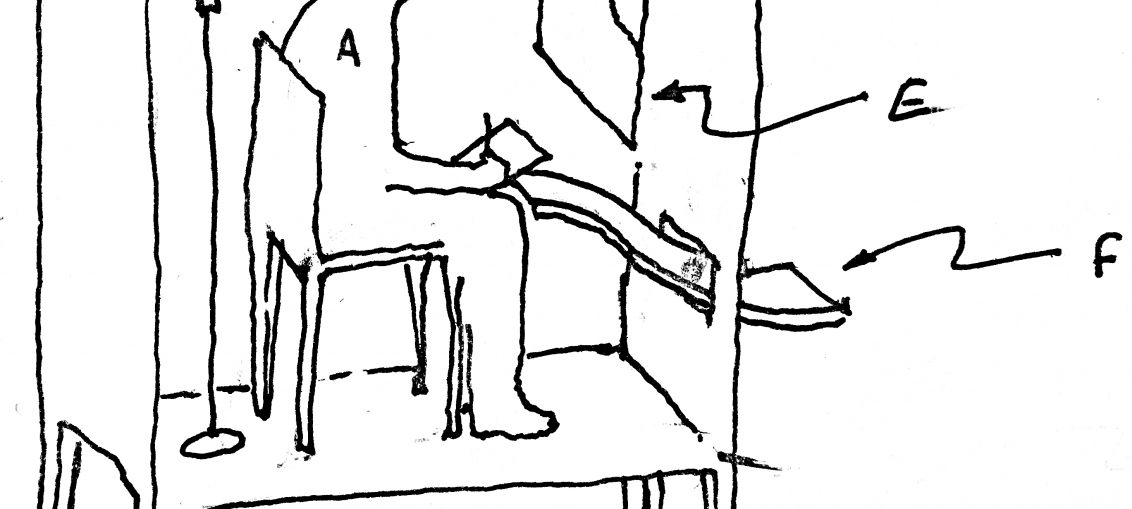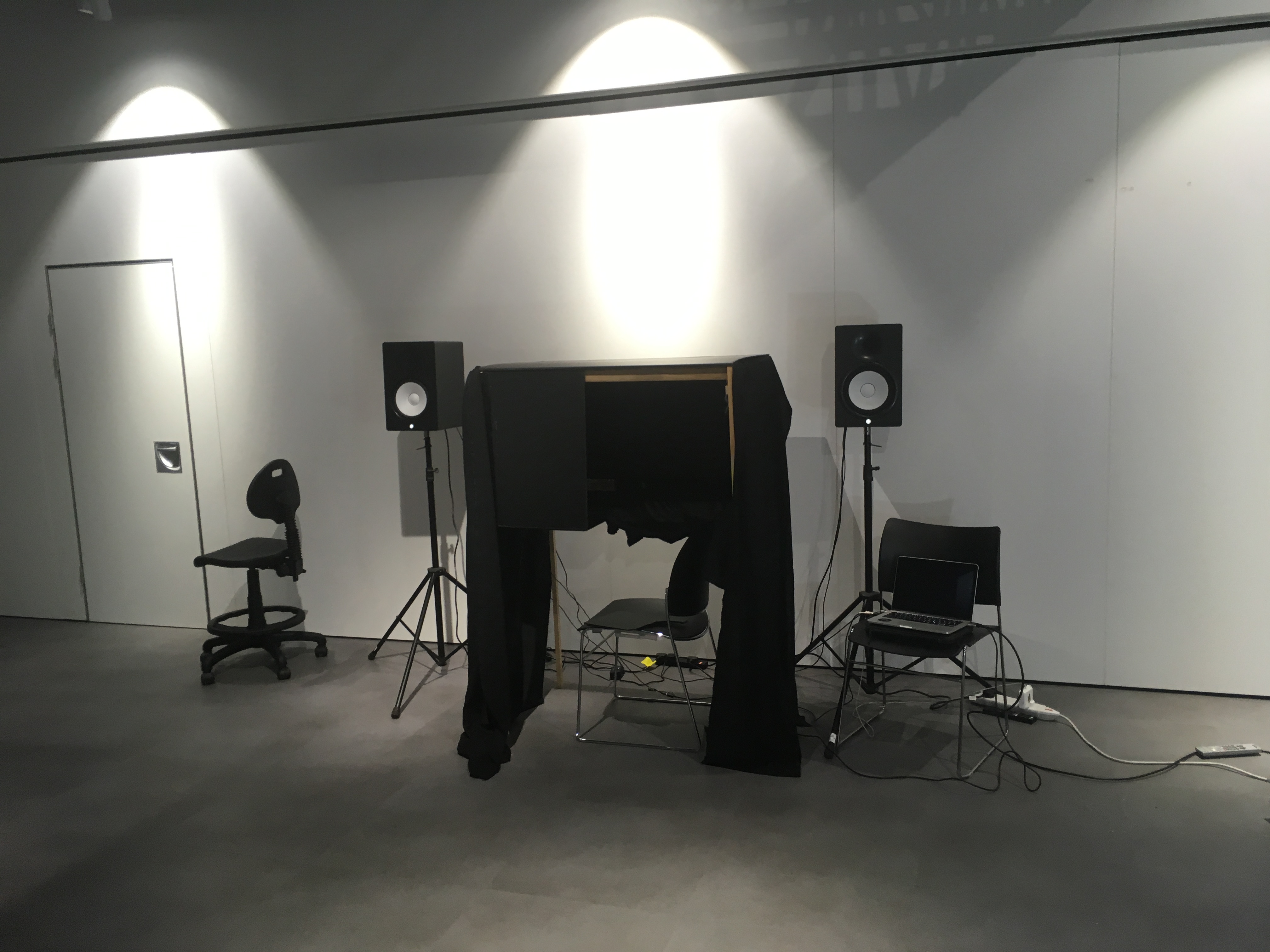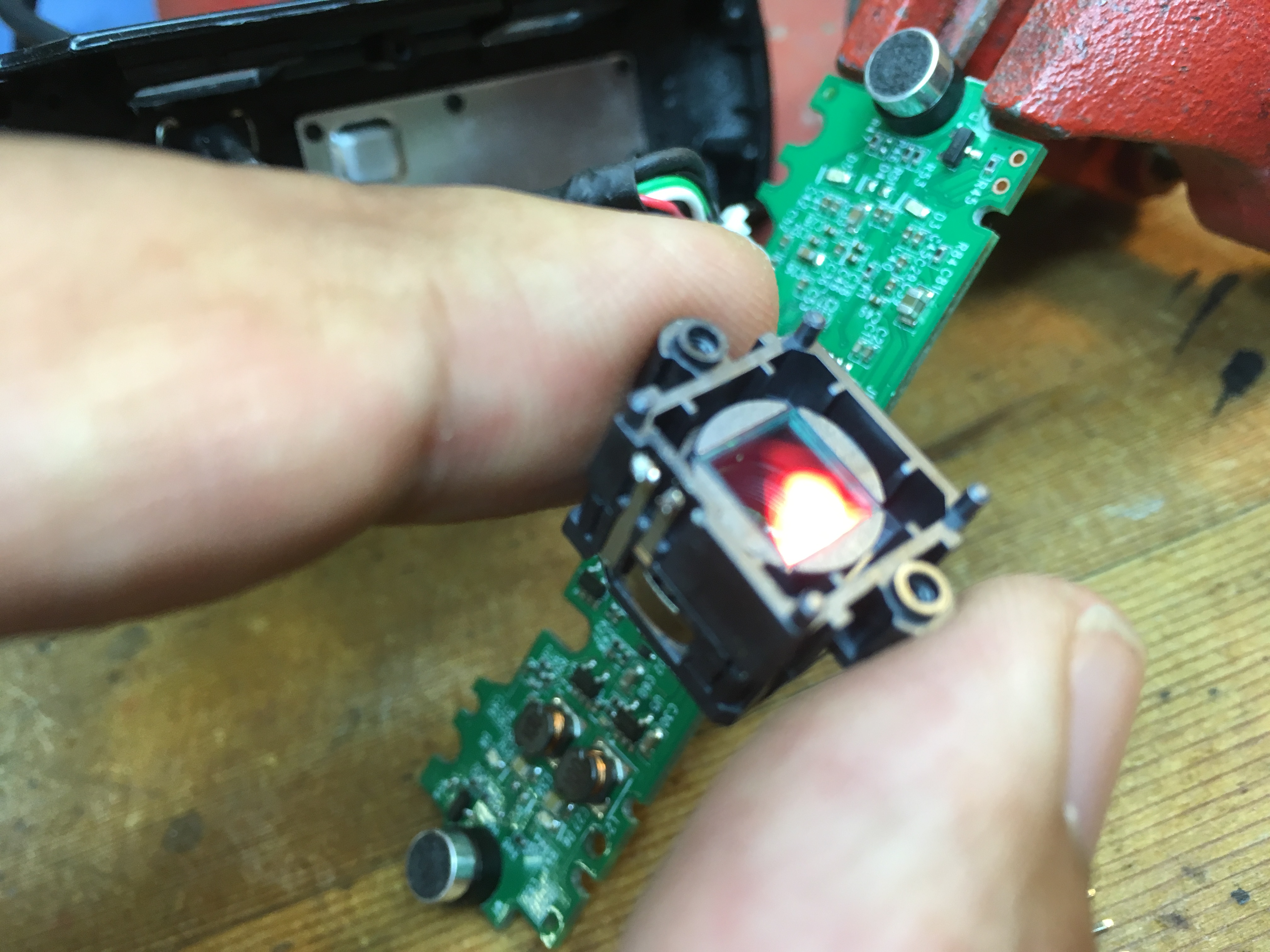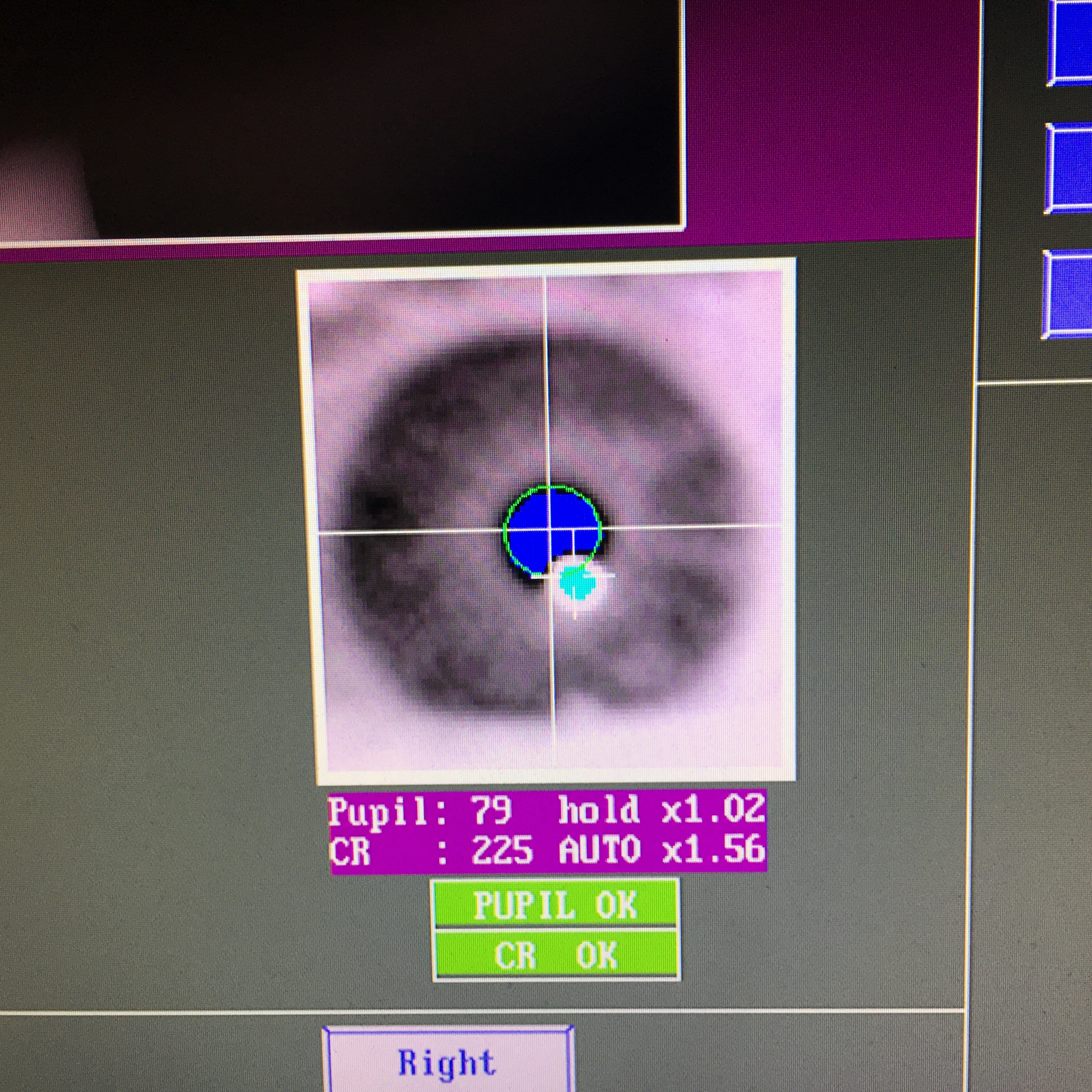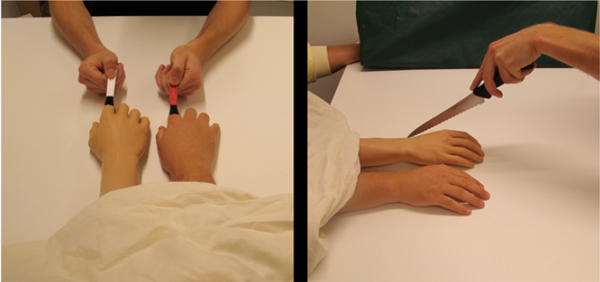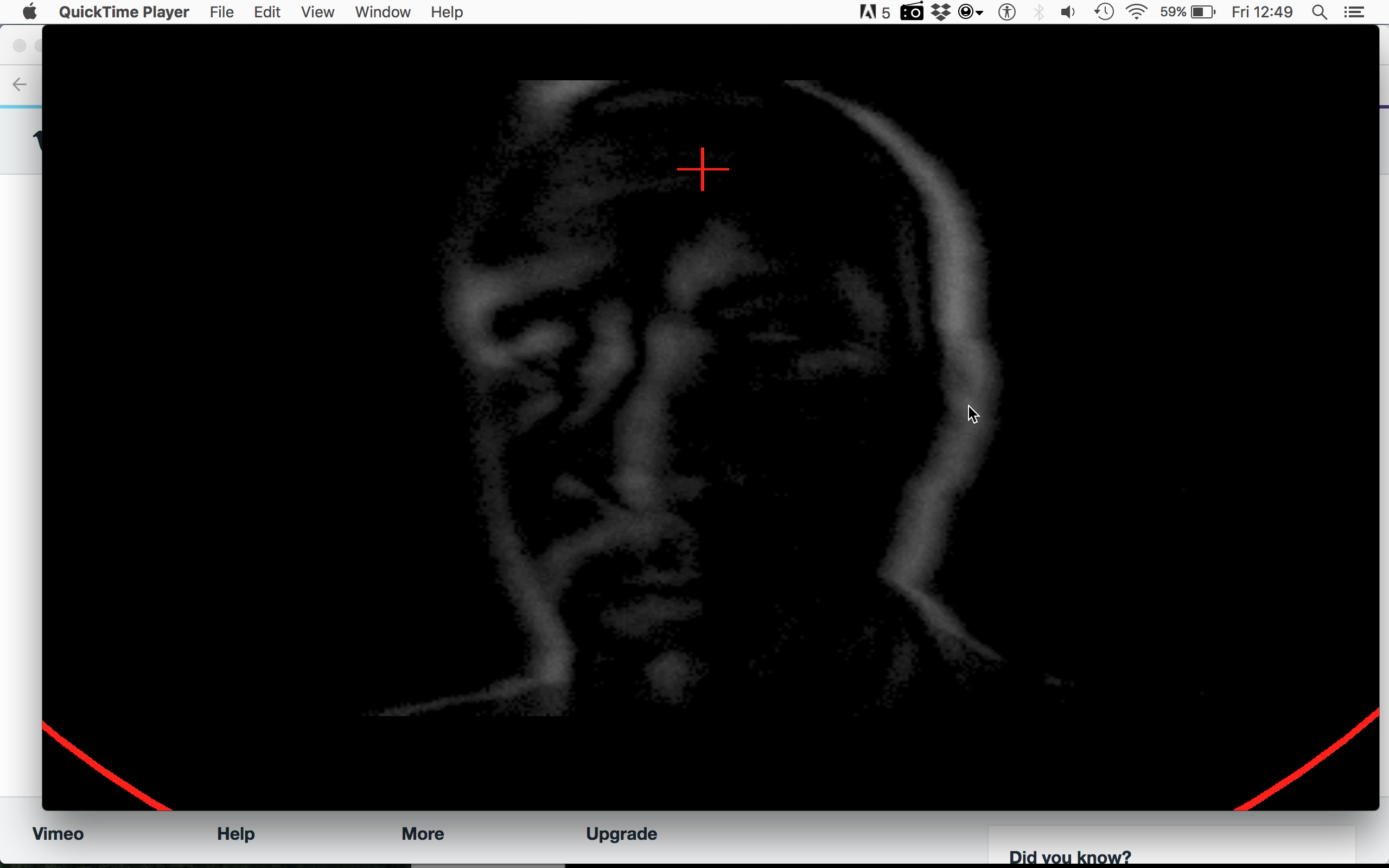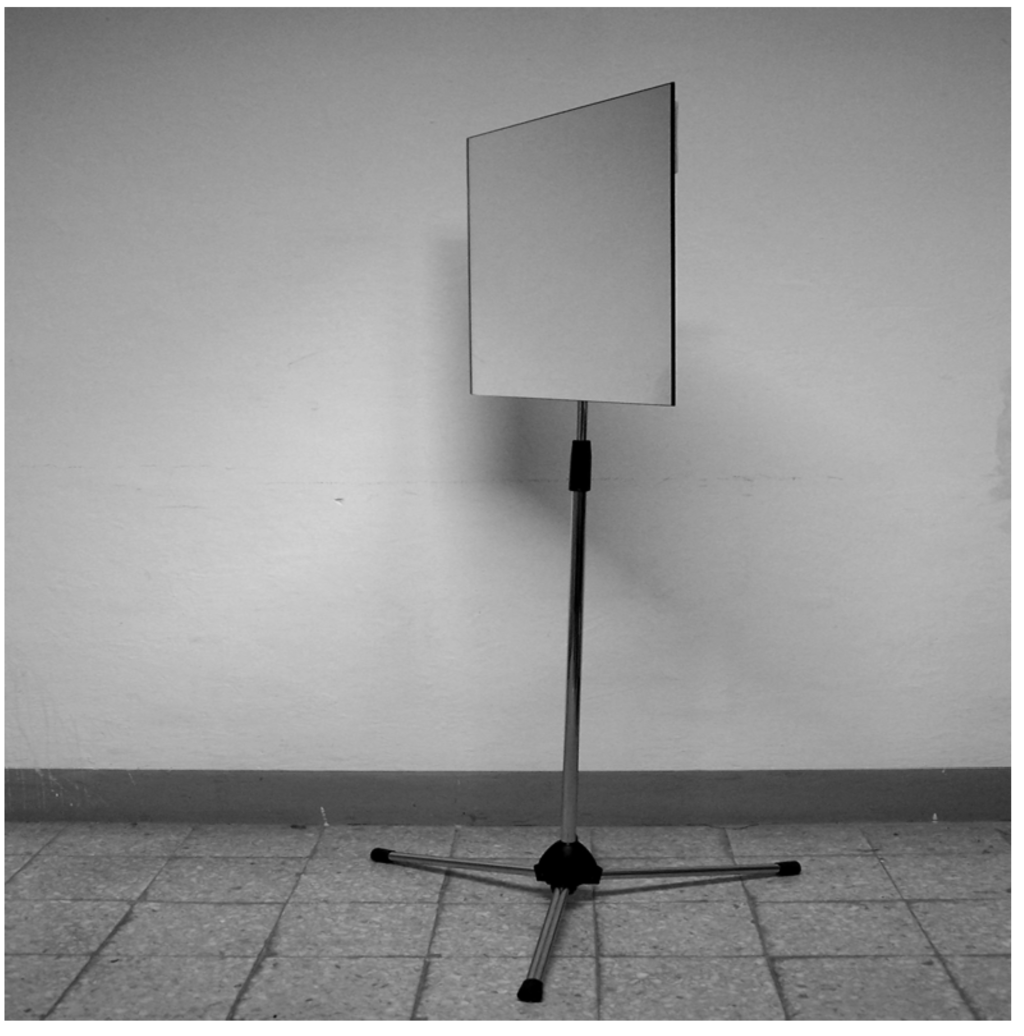Documentation from the Mirro Gazing workshop as part of the British Science Festival 14th Sept. The workshop was broken into 20min slots over the day and took place inside a black-out tent on the grounds of De Montfort University outside the gallery. View this post on Instagram A post shared by Dr. Antony Hall (@tonazoid) https://britishsciencefestival.org/event/seeing-is-believing/ Book Tickets here https://britishscienceassociation-tickets.ticketsolve.com/ticketbooth/shows/1173626542
Tag: mirror gaze experiment
Measuring Anomalous experience.
Mirror Gaze Experiment @MSP
I have been working with Manchester Science Partnerships to develop a range of workshops for their customers, the resident companies that use the park. The first session was the 'mirror gaze experiment'. During the mirror gaze experiment [MGE] participants are asked to stare at their own reflection in a mirror in a nearly dark room. An outline of the head is visible as a faint silhouette. In this state of partial sensory deprivation, the brain struggles to make sense of the information it sees. Forms and shapes begin to emerge as if from nowhere. For many observers, these develop into vivid visual hallucinations “monsters, archetypical faces, faces of relatives, and animals” (Caputo, 2012; Bortolomasi et al., 2014). This
Emergent Strange faces
https://www.youtube.com/watch?v=cs48nJo3ukU&feature=youtu.be Emergent strange face from recent workshop at Manchester Science Park A night vision camera captured video during the experiment from behind the mirror[see diagram here]. This used the program Isadora to detect movement using a ‘difference filter’ and building up an image using 'shimmer' and 'motion blur' filters with a long decay rate. An image builds up based on the collective movements of all 3 participants. A collective strange face. Emergent strange face from Proximity project Emergent strange face from Proximity project
Schematic for mirror gaze experiment
Seven Practical experiments
Images from 'Seven Practical Experiments' workshop as part of Sum total of all the actions at Rogue artists studios. 1: Feldenkrais - See notes on the inwardly generated image (by deformation of the eyeball) 2. Anomalous perception scale Spontaneous sensations 3: Action intention paradox [See developmental notes] Alien hand 4: Concerning the inwardly generated image [See notes on Ganzfeld variation 1] 5: You are the object of your own observation [See notes on the mirror gaze experiment] 6: You are the object of your own observation. Mirror Gaze experiments in near darkness. 6: Perception without object [The perception of spatial relationships in respect to the orientation of one's body despite distracting information] See notes on Ganzfeld variation 2 7. The permanent possibility of experience. An based on the experiments of Ernst Mach [Notes to come]
Sum Total Of All The Actions 6
Sum Total Of All The Actions 5
Sum Total Of All The Actions 4
Seven practical experiments
A manual for self-experimentation and a template for performance / A workshop on perceptual illusion and art. https://www.eventbrite.com/e/seven-practical-experiments-tickets-72221088219 'Seven practical experiments' is a new piece of work for by Antony Hall, developed through an exploration of perceptual illusion, and the methods used in experimental psychology. By taking part in this workshop, you will both 'experience' the work and 'perform' the experiments; in doing so you will become the work. The experiments will be preceded by a session of Feldenkrais led by Teresa Brayshaw. Feldenkrais is a method of enhancing self-awareness through movement and the heightening of bodily perception. Following this activity, you will then be guided through the 'seven practical experiments' and given space to reflect and discuss what you have experienced.
Proximity day 1 experiment 1
Mirror gaze experiment
The mirror gaze experiment requires the participant to sit in a near dark room and to stare at their own reflection for a set amount of time while listing to white noise. After only a short amount of time most people experience powerful illusions of facial distortion, grossly exaggerated features, faces of animals, the face of a lion or Darth Vader for example. These emerge as if from nowhere, disappearing at the slightest movement or eye blink, before manifesting new forms. These flowing cascades of illusory effects can elicit powerful emotional responses. In my own research, the mirror gaze experiment has resulted in significant illusory experiences across the full range of participants. I documented the way in which the illusory experience
Ganzfeld and Mirror Gaze
1-1 experiment sessions in the studio I invited participants to come to my studio to take part in phase 2 of my research. This opens up to using the Ganzfeld and the Strange Face in the Mirror Illusion. Both use white noise connected to a system of biofeedback, using Galvanic skin response signals to subtly modulate the noise. Through this, I have been developing my interview technique and also the working questions that I ask. This has resulted in a new artwork which is taking the form of a questionnaire. Currently, I'm referring to it as the "Hall Anomalous Perception scale" a tongue in cheek reference to the Cardiff scale designed to asses experiences of anomalous perceptions in daily life. A participant
Mirror Gaze Box
A rapidly prototyped blackout box for the mirror gaze box, this is to create a dark space for the Mirror Gaze Experiment. Inside is an Infra Red LED spotlight and modified web camera. The camera films the participant in real time from behind a two-way mirror, as they experience the illusory effect of sensory deprivation. Mirror Gaze Box - prototype
IR Camera hack
For the Mirror Gaze experiment, I need a camera that works in darkness and can pick up Infrared light. Most webcams have an IR filter. Many such as this Logitech HD webcam have instruction online. Turns out mine was a slightly different model to this and meant that the entire thing needed dismantling and the camera module had to be unsoldered to get to the filter.
Eye tracking experiment planning
Inspired by last weeks conference and some examples of how artists are working with Eye Tracking, I went back to BEAM Lab the following week to start the process of learning how to set up my own experiment using Eye-tracking. My plan is to incorporate this with the strange face in the mirror experiment. My main problem is how do I calibrate the sensor - if I am to measure how they look at a reflection how do I map this precisely to the sensors. Normally the experiment has the participant looking directly at a screen surface, but how would this work with a reflected image? So I need to get a two-way mirror and perhaps get the participants to draw the
Strange face illusion with two-way Mirror feedback
“… a quiet room dimly lit by a 25 W incandescent light. The lamp was placed on the floor behind the observer so that it was not visible either directly or in the mirror. A relatively large mirror (0.5 m60.5 m) was placed about 0.4 m in front of the observer. The luminance of the reflected face image within the mirror was about 0.2 cd mÿ2 and this level allowed detailed perception of fine face traits but attenuated colour perception…The task of the observer was to gaze at his/her reflected face within the mirror. Usually, after less than a minute, the observer began to perceive the strange-face illusion…” Giovanni B Caputo, Perception, 2010, volume 39, pages 1007 – 1008 2010
Illusions of Invisible, alien hands, 3 arms, and shrinking bodies…
I have previously posted about the original 'rubber hand illusion' in which participants are convinced a fake rubber hand is their own. A classic low tech experiment that can help us "understand how sight, touch and “proprioception” the sense of body position, combine to create a convincing feeling of body ownership, one of the foundations of self-consciousness (Nature 1998, vol 391, p 756 )” Further to this research recent studies have gone on to experimentally induct of out of body experiences or create body swap illusions. [ Henrik Ehrsson and Olaf Blanke http://www.eurekalert.org/pub_releases/2007-08/ucl-foe081407.php ] Between these two experiments, several interesting versions of hand-related experiments also exist which demonstrate the plasticity of our body perception... The Alien Hand Experiment first created in the 1960s predates the Rubber hand experiment, seems more 'trick'
Face as Interface
Trying to create a simple motion tracking patch using PD_extended and Gem, I came across this project by Elektro Moon Vision http://elektromoon.co.nr/ the mini App provides OSC data from movements such as eyebrows, nose, mouth, orientation scale etc. This is massively useful for an experiment I have in mind related to the "strange face in the mirror illusion" The data can be captured and used to control a 3D model in virtual space for example. Matching rotation, scale and orientation to the model and the movement of my head... This is a simple motion detection patch that tracks the difference between two frames creating ghostly outlines of momentarily disembodied features. It's sensitive enough to pick up facial expressions such as the movement of muscles and
Drawing a strange face in the dark
Shortly after my experience of the "Strange face in the mirror experiment" I made these drawings in low light conditions as a way of recording the perceivable elements of my face and shape of the head. The particles of carbon and graphite reflect well the visual noise, like static, one experiences in the experiment. These drawings don't illustrate the hallucinations I experienced [these will follow] "staring at one's own reflection in a mirror in a darkened room for some time can induce vivid hallucinations. For purposes of research, I had to try it" My experience of the ‘strange face illusion’... For my description of my experience of the 'strange face', illusion see here... "staring at one's own reflection in a mirror in a darkened room for
My experience of the ‘strange face illusion’
I had read about this experiment by which staring at one's own reflection in a mirror in a darkened room for some time, can induce vivid hallucinations. For purposes of research, I had to try it. I found my bathroom could meet the following requirements... "... a quiet room dimly lit by a 25 W incandescent light. The lamp was placed on the floor behind the observer so that it was not visible either directly or in the mirror. A relatively large mirror (0.5 m60.5 m) was placed about 0.4 m in front of the observer. The luminance of the reflected face image within the mirror was about 0.2 cd mÿ2 and this level allowed detailed perception of fine face traits but




